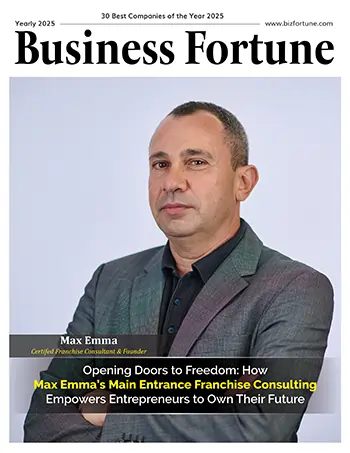Home Industry Nanotechnology Advanced Color Technology Is U...
Advanced Color Technology Is Unlocked by Silver Nanoparticles to Combat Counterfeiting
Nanotechnology

Business Fortune
05 December, 2024
UNIST researchers are using silver nanoparticles to create sophisticated anti-counterfeiting technology that has AI-based validation and precise color control.
Professor Jiseok Lee and his research team at UNIST's School of Energy and Chemical Engineering have made a major breakthrough in the field of anti-counterfeiting technology by creating a new hidden anti-counterfeiting technology that takes advantage of the special qualities of silver nanoparticles (AgNPs). Advanced Materials publishes the findings.
According to Professor Lee, their method has a lot of potential for stopping the fakery of military supplies and priceless artwork, especially in situations where authenticity needs to be checked against possible piracy.
The group took advantage of AgNPs' natural tendency to discolor when exposed to UV radiation in order to produce a regulated color development process. Researchers can control the size of silver nanoparticles and, in turn, the color they produce when exposed to ultraviolet light by encasing them in a polymer matrix. It is possible to precisely manipulate the resulting colors based on component combinations by using larger polymer nets to make yellow-looking silver nanoparticles and smaller nets to produce red-hued ones.
The study team was successful in creating high-resolution color pictures using these high-molecular structures as pixels. They created an image of a parrot larger than a typical business card in only 30 minutes by using an automated photo-etching approach that cut the manufacturing time to a tenth of that of conventional methods. Perfect color printing is made possible by this digital method, which gives exact control over tone and saturation.
Apart from pictures, anti-counterfeiting information can be covertly included in configurations of polymer structures that mimic blue, yellow, and red barcodes. Temporal information may be stored in the barcode structure since the color response changes with the length of UV exposure.
By organizing barcode particles without further synthesis, this novel technique allows information storage capacity to grow more than 1,000 times when compared to traditional approaches. It also has the ability to encrypt an infinite amount of data.
The study team created an AI system that can analyze barcode validity in order to improve the technology's dependability. With an impressive 98.36% reliability rate, this AI system evaluates material composition, UV exposure length, and barcode integrity to differentiate authentic barcodes from fakes.


































